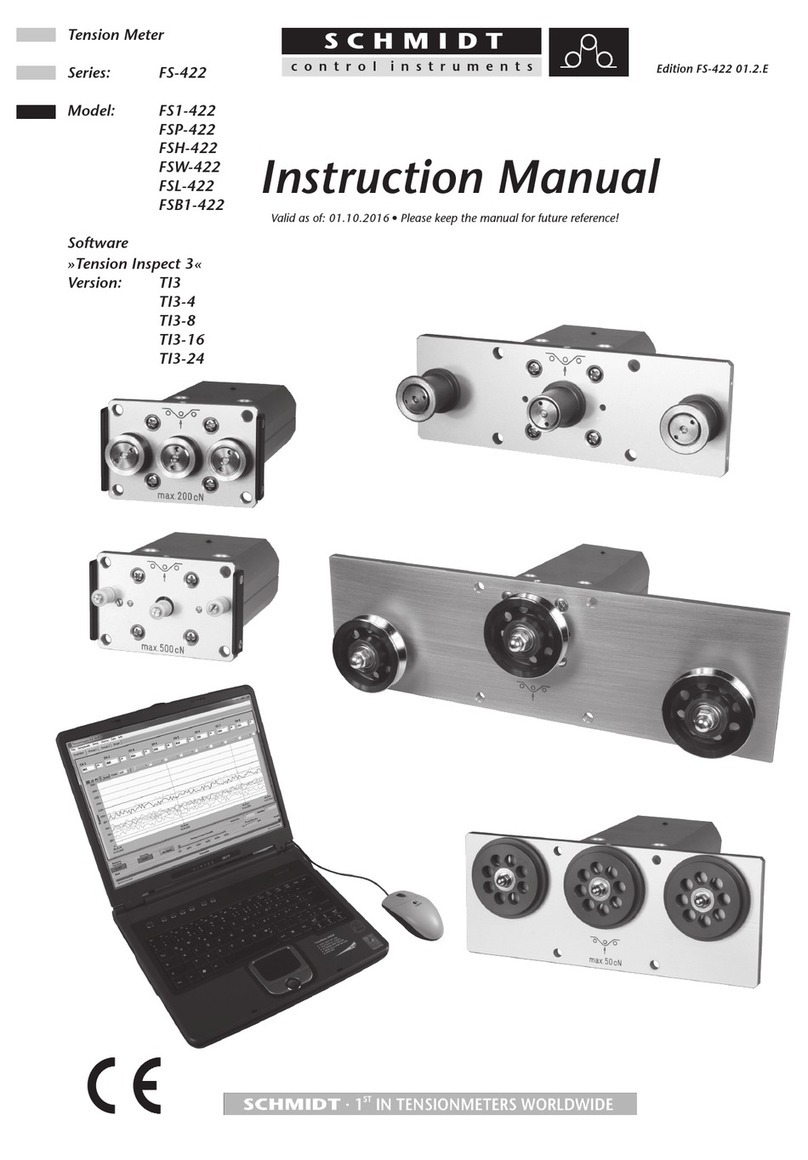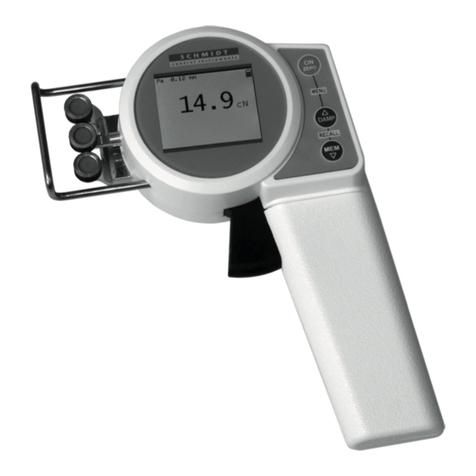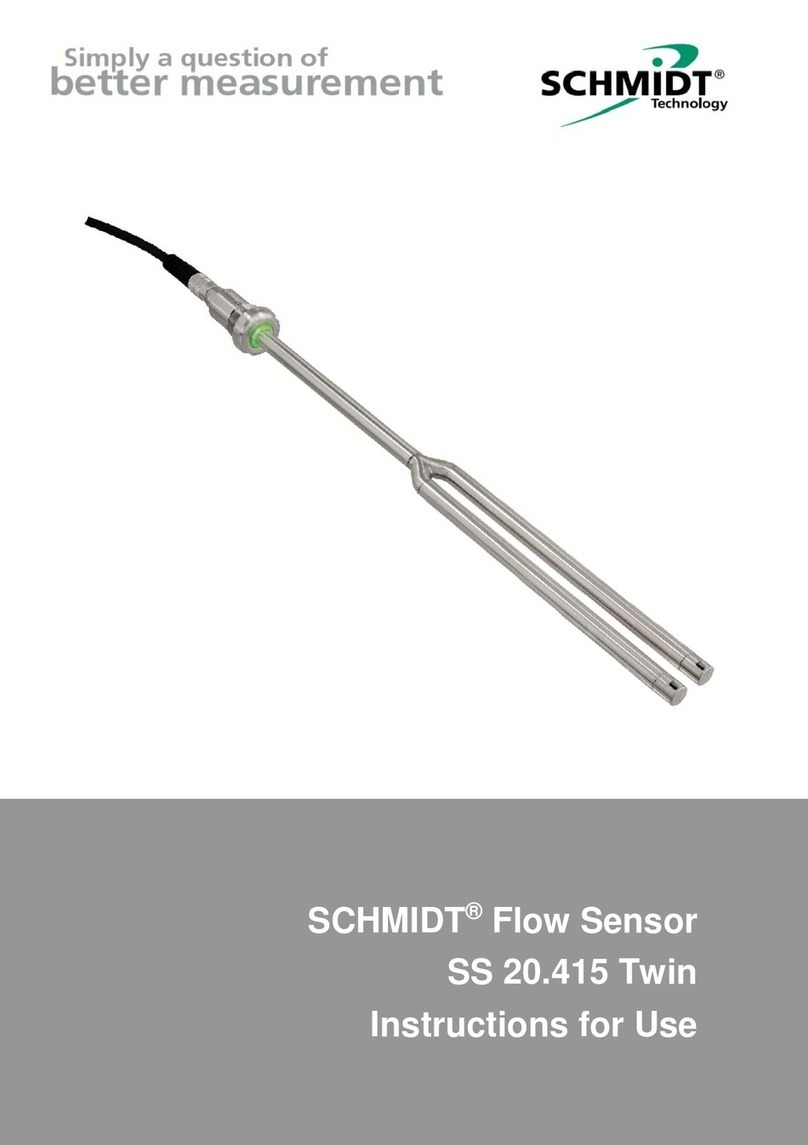Schmidt D-2000 Series User manual
Other Schmidt Measuring Instrument manuals
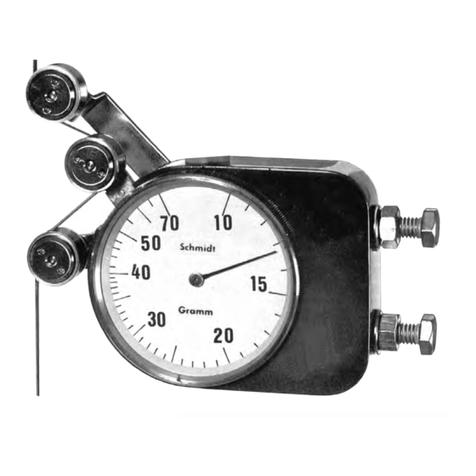
Schmidt
Schmidt Q-10 User manual

Schmidt
Schmidt SS 20.250 User manual
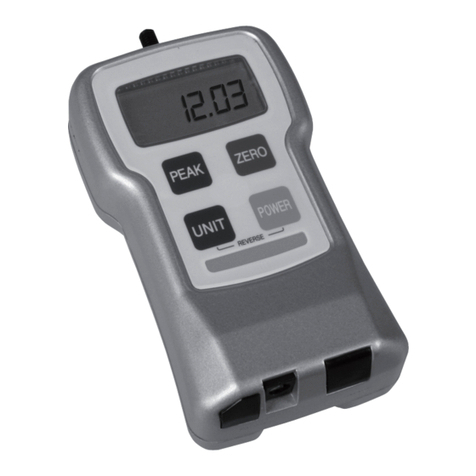
Schmidt
Schmidt FG Series User manual
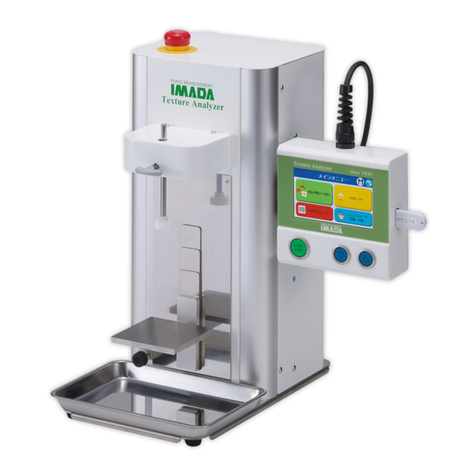
Schmidt
Schmidt FRTS Series User manual

Schmidt
Schmidt ET Series User manual
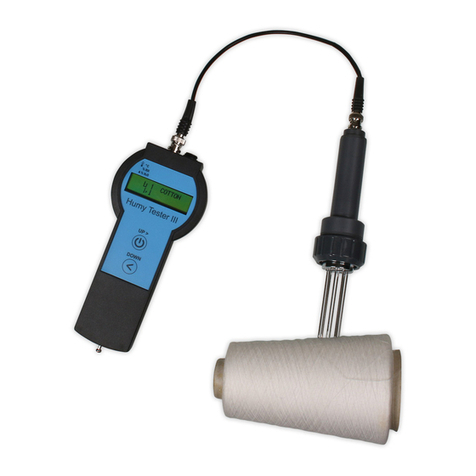
Schmidt
Schmidt DHT-2 User manual
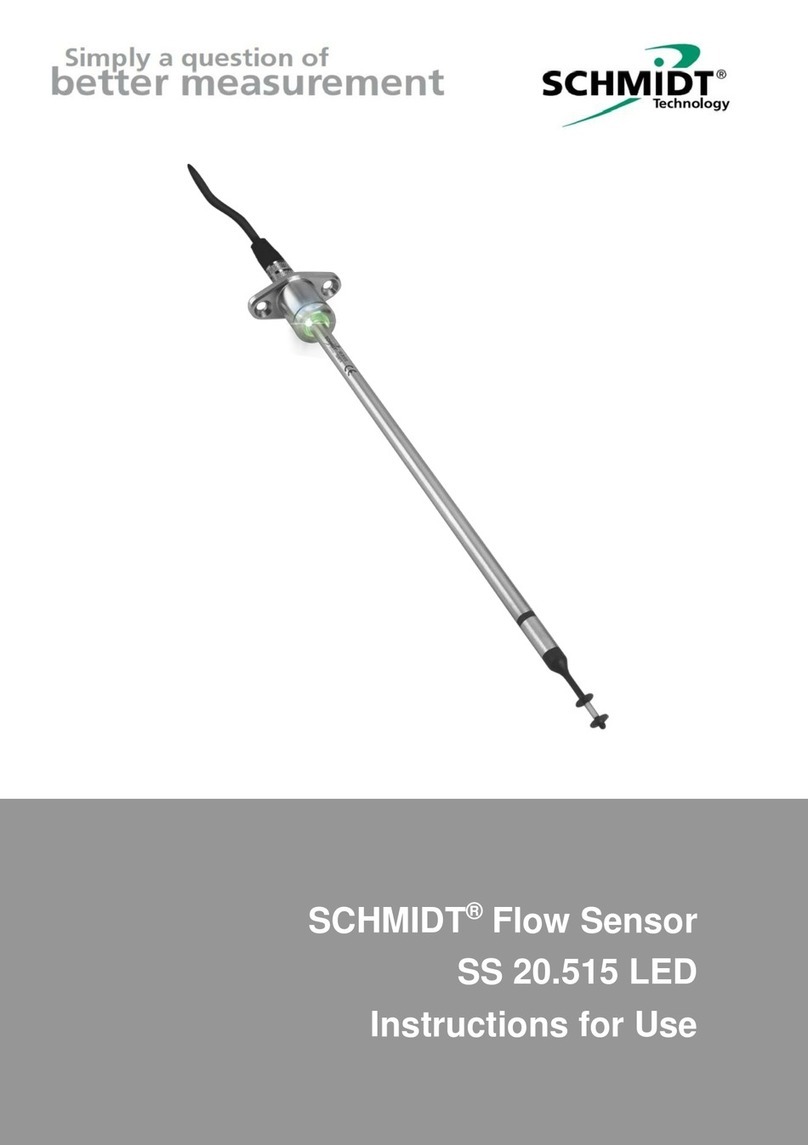
Schmidt
Schmidt SS 20.515 LED User manual
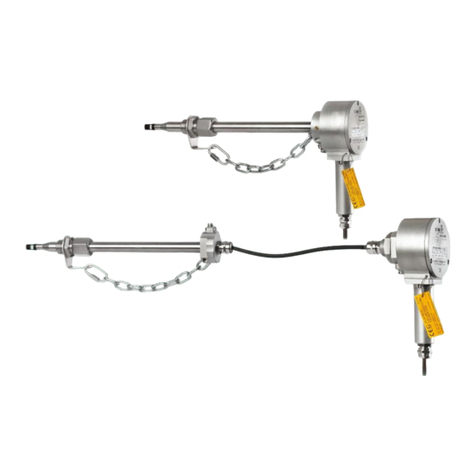
Schmidt
Schmidt SS 20.600 E Series User manual
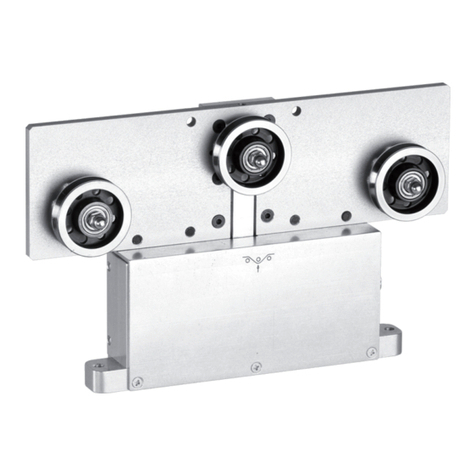
Schmidt
Schmidt MZ Series User manual
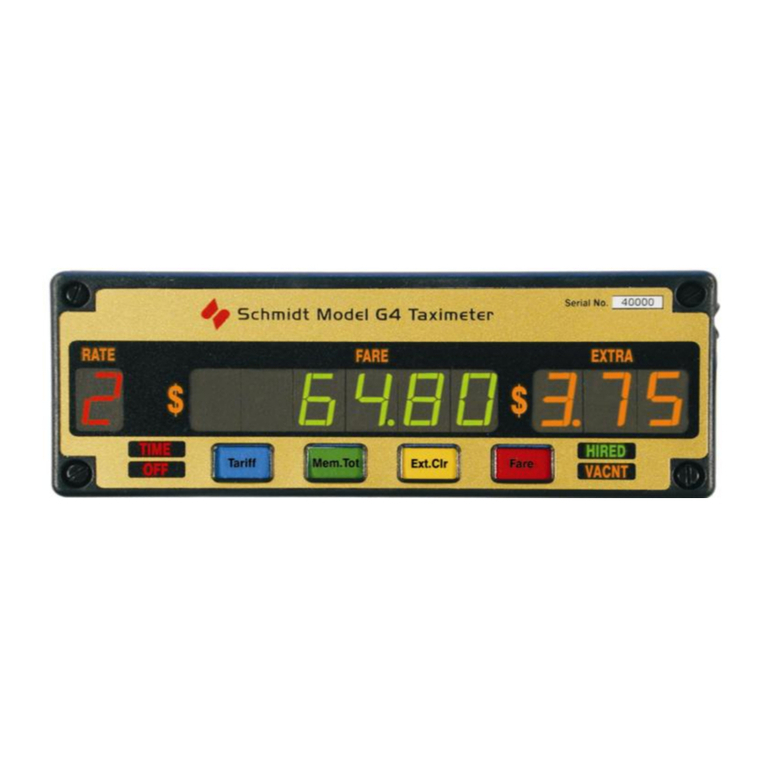
Schmidt
Schmidt G4 User manual
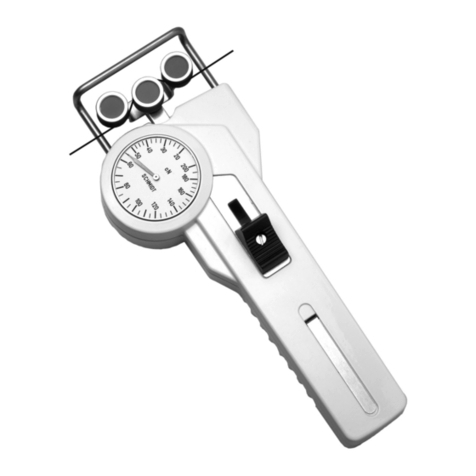
Schmidt
Schmidt DX2-50 User manual
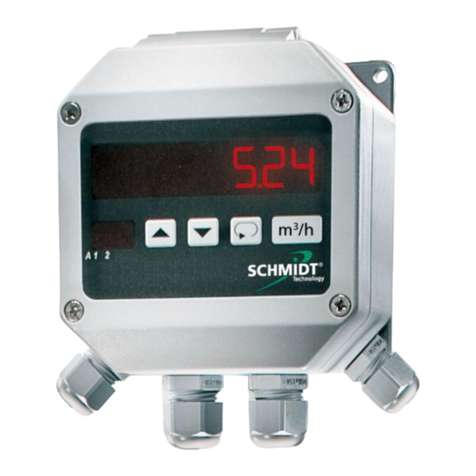
Schmidt
Schmidt MD 10.010 User manual

Schmidt
Schmidt DHT-3 User manual

Schmidt
Schmidt IL 30.0 Series User manual

Schmidt
Schmidt G4 User manual
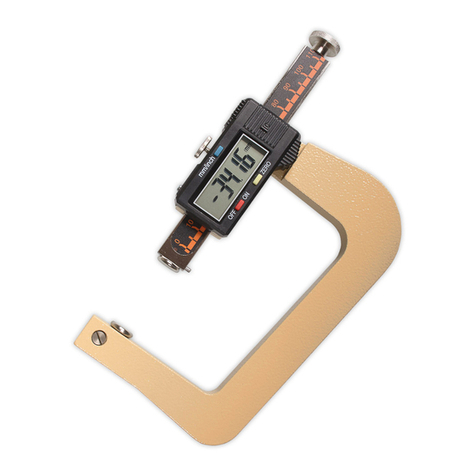
Schmidt
Schmidt RM Series User manual

Schmidt
Schmidt KLA User manual
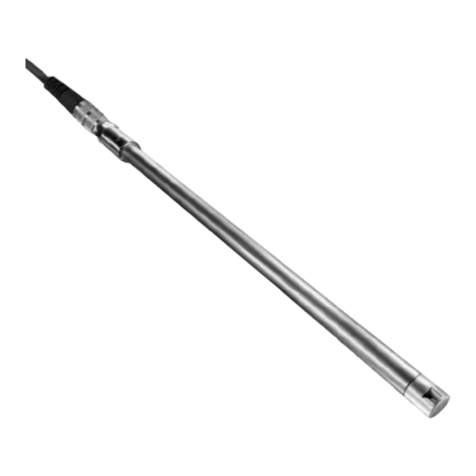
Schmidt
Schmidt SS 20.400 User manual
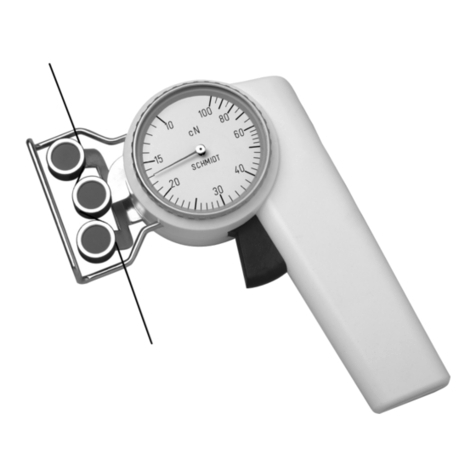
Schmidt
Schmidt Z Series User manual

Schmidt
Schmidt DNW-100K User manual
Popular Measuring Instrument manuals by other brands

Powerfix Profi
Powerfix Profi 278296 Operation and safety notes

Test Equipment Depot
Test Equipment Depot GVT-427B user manual

Fieldpiece
Fieldpiece ACH Operator's manual

FLYSURFER
FLYSURFER VIRON3 user manual

GMW
GMW TG uni 1 operating manual

Downeaster
Downeaster Wind & Weather Medallion Series instruction manual

Hanna Instruments
Hanna Instruments HI96725C instruction manual

Nokeval
Nokeval KMR260 quick guide

HOKUYO AUTOMATIC
HOKUYO AUTOMATIC UBG-05LN instruction manual

Fluke
Fluke 96000 Series Operator's manual

Test Products International
Test Products International SP565 user manual

General Sleep
General Sleep Zmachine Insight+ DT-200 Service manual

